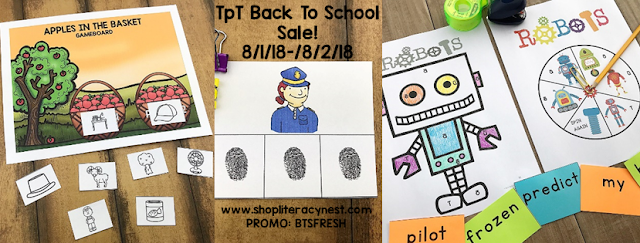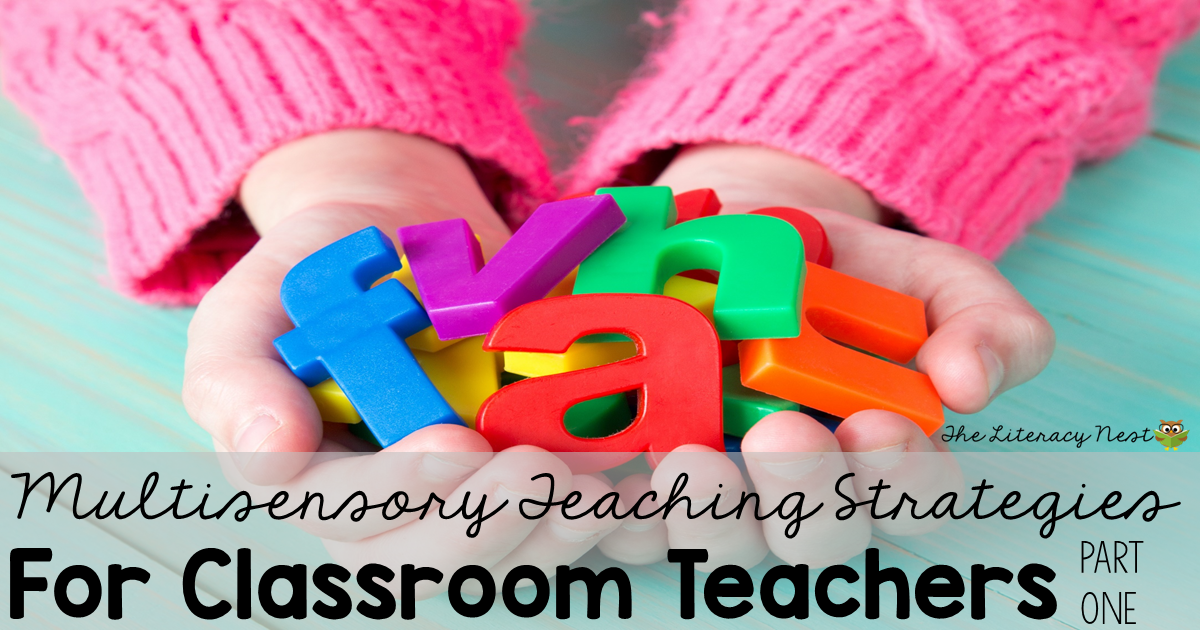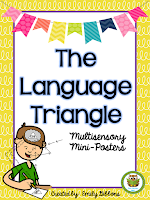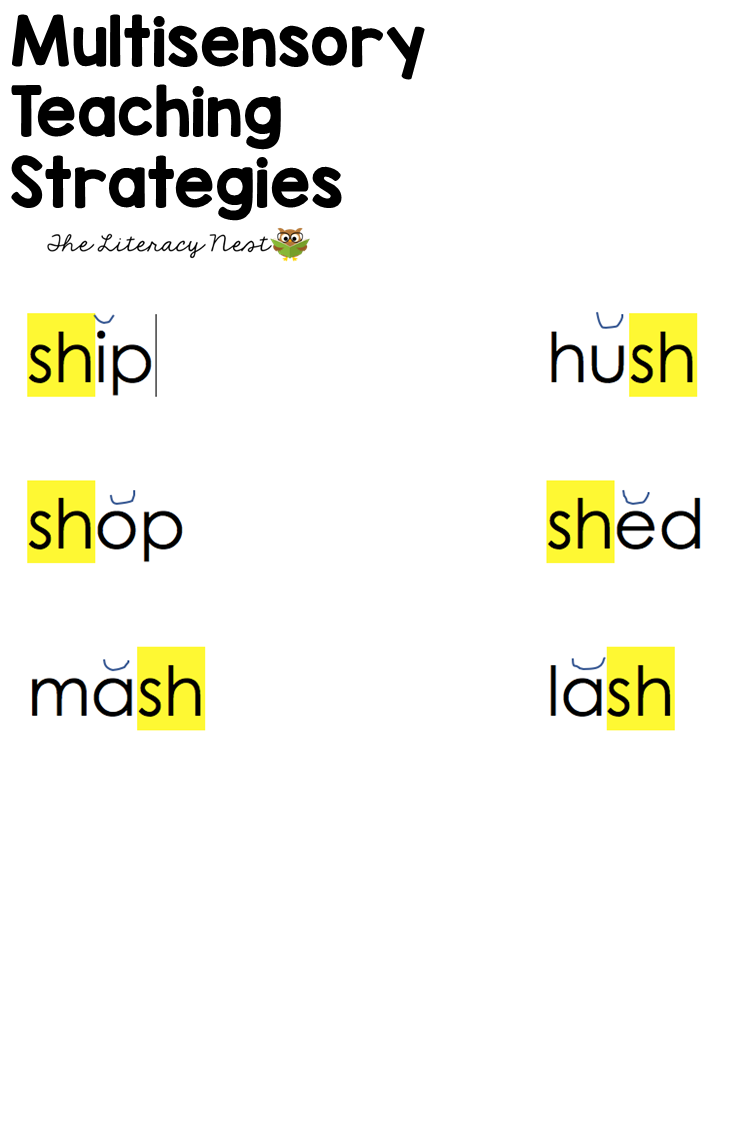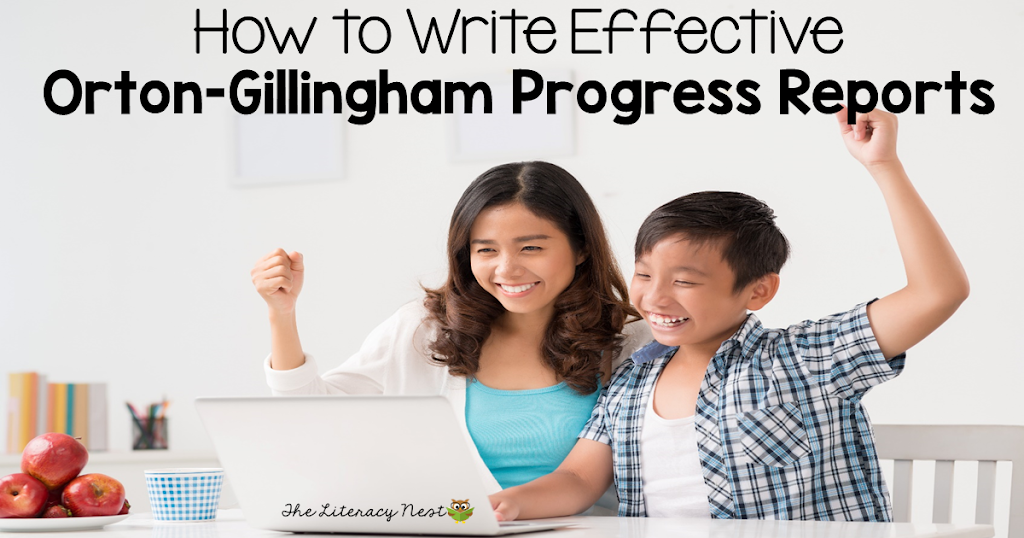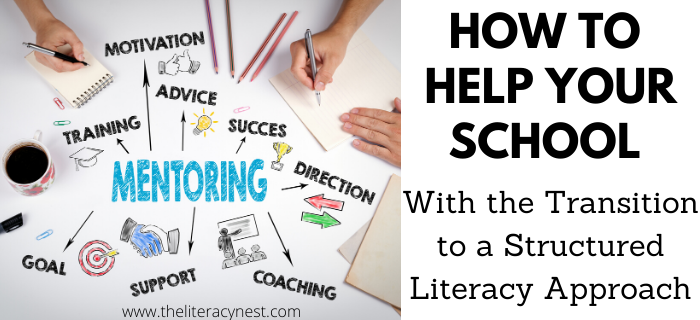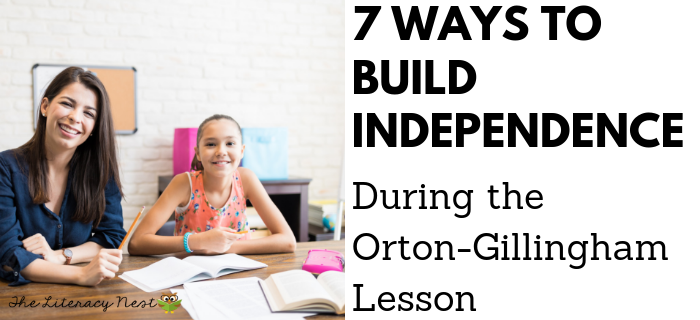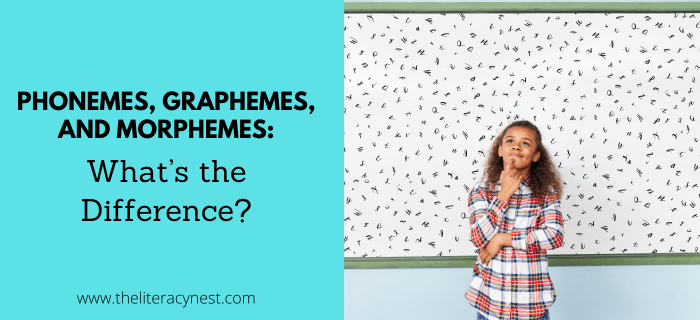Share:
Multisensory Teaching Strategies in the Classroom
Part One: Using Multisensory Teaching Techniques
Multisensory teaching is not just crucial for kids with dyslexia, or within
Orton-Gillingham lesson plans, it is good solid teaching for ALL students. Incorporating multisensory learning tools into your classroom lessons will not replace intervention services, but it will make classroom lessons more accessible to students with learning differences.
Dyslexia is more than likely under identified, particularly in gifted students that may be performing at the average of their class or student with a mild disability and strengths that offset their challenges to some degree. For those kids that are likely to fall through the cracks, the anxiety and stress associated with school tasks is painful. Incorporating good multisensory teaching techiques in your classroom is a breath of fresh air for those children.
Multisensory teaching means that when information is presented, the learner is simultaneously using multiple senses. Visual, auditory and kinesthetic (or tactile) are the 3 primary senses that students use and these correspond to the visual, auditory and motor (or muscle) memory. The more pathways and connections a student uses for learning a new item of knowledge, the more pathways they have for retrieval of this information. Because so often children are asked to perform in school using what may be for them their weakest areas, linking these all together can act as a bridge between a child’s strengths and weaknesses.
What do multisensory teaching techniques look like? You may find that you are engaging in more multisensory learning tools than you realize or that current activities can become multisensory with a minor tweak. Many of these teaching practices are also suitable for classroom accommodations for struggling learners. Here are just some of the ways that you can incorporate multisensory teaching strategies into your school day:
Use visual, auditory, kinesthetic/tactile activities for teaching or reinforcing concepts whenever possible. Keeping in mind the language triangle that makes up multisensory teaching and always keeping an eye to multisensory learning when possible is a key step. Even if you are only able to incorporate one additional modality, that is one additional pathway that you are creating for your students to access their learning.
Use phonogram cards for sound symbol associations and blending. Particularly in the lower grades, as sound symbol associations and blending are being introduced, the use of a phonogram carddrill and blending drill is good practice for all students. Using a keyword and picture provides extra support for those who need it. “12 Fresh Ideas for Phonogram Card Drills” may provide additional suggestions to engage your students.
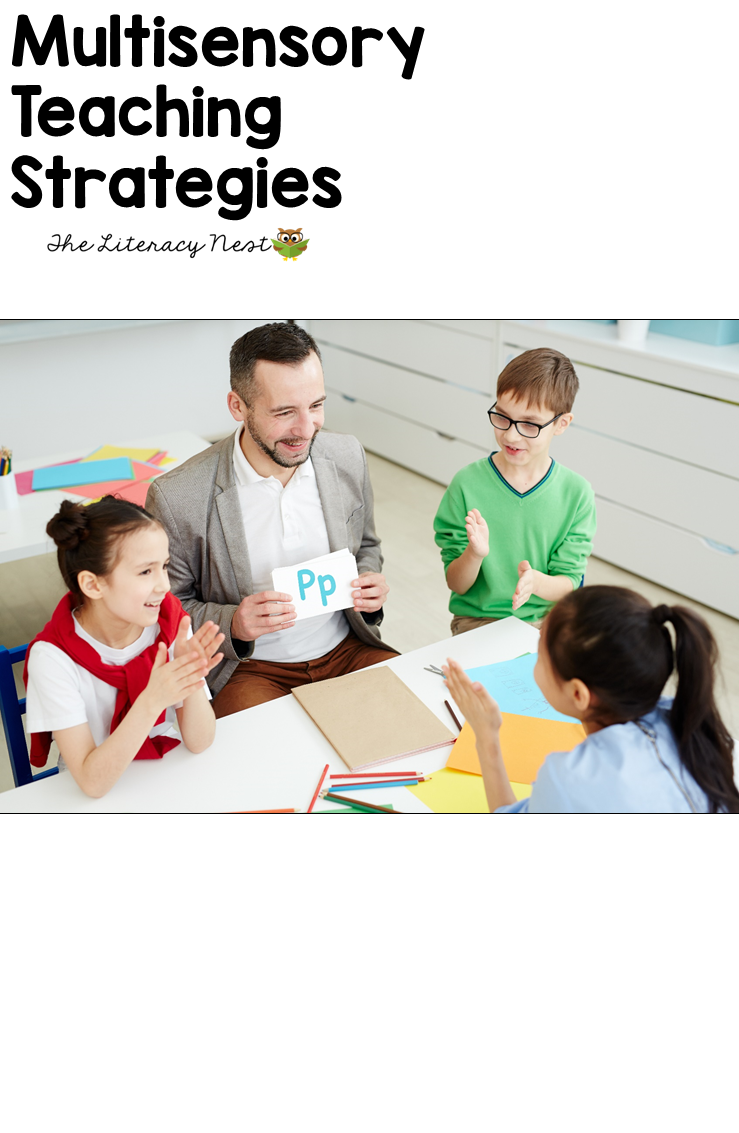
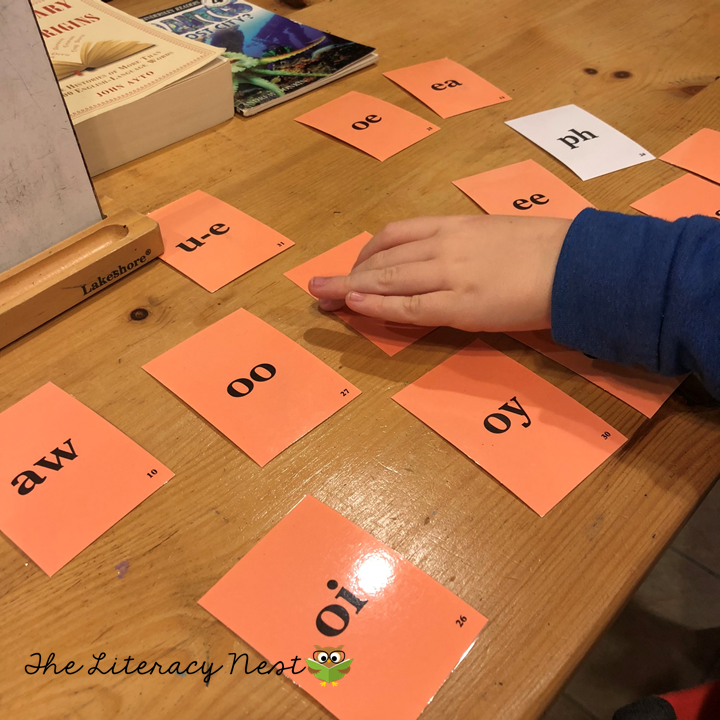
Practice teacher dictation where students say and write the responses. Using dictation with S.O.S. or simultaneous oral spelling is probably best accomplished in a small group setting such as a reading group, but could also be useful for whole group practice of spelling words or sight words. Dictation can be done at a word level or a sentence level. Students segment the sounds in a word using finger tapping, spell orally and spell as they write. Doing this as an instructional activity can not only help students learn the information, but also help normalize the strategies when a student with disabilities needs to utilize them in a different setting. Read more about S.O.S. or simultaneous oral spelling here.
Ask students to touch and say each word or each letter to read or check spelling. This is an example of an activity that is not only suitable as an instructional activity, but also as a way of scaffolding striving readers and writers in the classroom. When a student is reading a difficult word, having them trace the letters as they say the sounds can be extremely helpful. Also, encouraging students to check their spelling by pointing and saying each letter helps students identify and correct common errors like forgotten letters or omitted words.
Use magnetic letters for word study. The use of magnetic letters for practicing a spelling rule, high frequency words, or spelling patterns incorporates a hands on kinesthetic component to word study. Not only is this helpful for students that benefit from the use of the additional modality, it is also engaging and motivating for students.
Highlight word parts or using diacritical marks for vowels, consonants and syllable division. Marking up words is a great way for students to use their senses in concert to utilize and practice the phonological concepts they have been taught. Highlighting and marking up words provides a visual support and also a kinesthetic experience. This activity is building piece by piece in order to facilitate the synthesizing of the student’s learning.
Tap out phonemes (Finger tapping and spelling).Utilizing finger tapping, either finger to thumb or on the table, is another strategy that is not only a useful instructional tool when introducing a new phonogram, but also a strategy that you want students with disabilities to feel comfortable using in the classroom. By making this a strategy that everyone has been taught, students can use this as necessary without drawing unwanted attention.
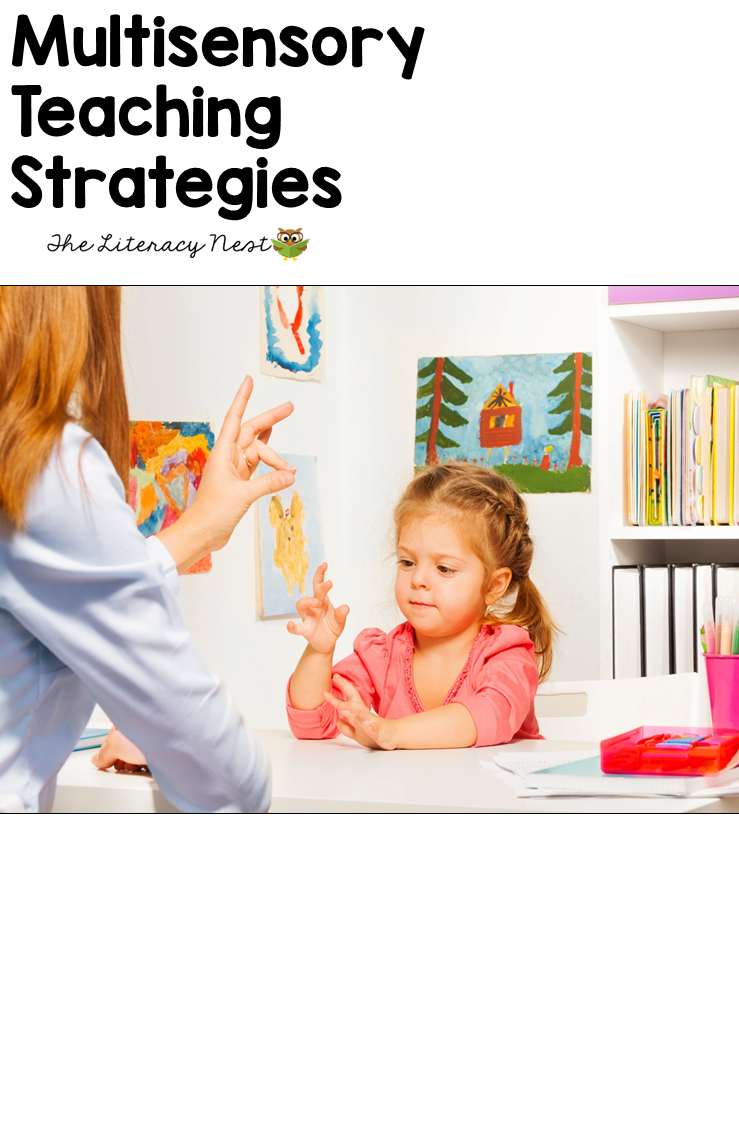 |
|
Sky write or air write for spelling or handwriting. When working on introducing new spelling words or giving direct instruction in letter formation, use of sky writing incorporates gross muscle memory. Have students hold their arm out straight in front of them using two fingers as an imaginary pencil. Describe the movements for letter formation (straight line down, line across) or say the letters (S-A-I-D) as the students write the letters in the air in front of them. A straight arm, moving from the shoulder is the most effective way of using this strategy because it changes it from a fine motor to a gross motor activity.
Use sand trays, rice trays, felt, playdough, sand paper letters, or other tactile surfaces. Spelling or word work centers and handwriting are particularly well suited for tactile surface activities. Having students trace in or on different textures while saying the letter or sound out loud is a great way to incorporate a kinesthetic/tactile component and save trees! Some of my favorite tactile surfaces include seed bead trays, plastic canvas and velvet fabric. A great whole class tactile activity is to use shaving cream. Put a big squirt of inexpensive foaming shaving cream on each child’s desk or table area and practice writing letters, words, cursive and even math facts. A nice bonus is that shaving cream does not stain clothing or carpets. Be sure to allow a little extra time for drawing and playing. After about 30 minutes, the shaving cream has mostly evaporated. Simply wipe down the desks with a damp cloth. Not only does it provide some squishy fun practice, but it actually leaves desks sparkling clean.
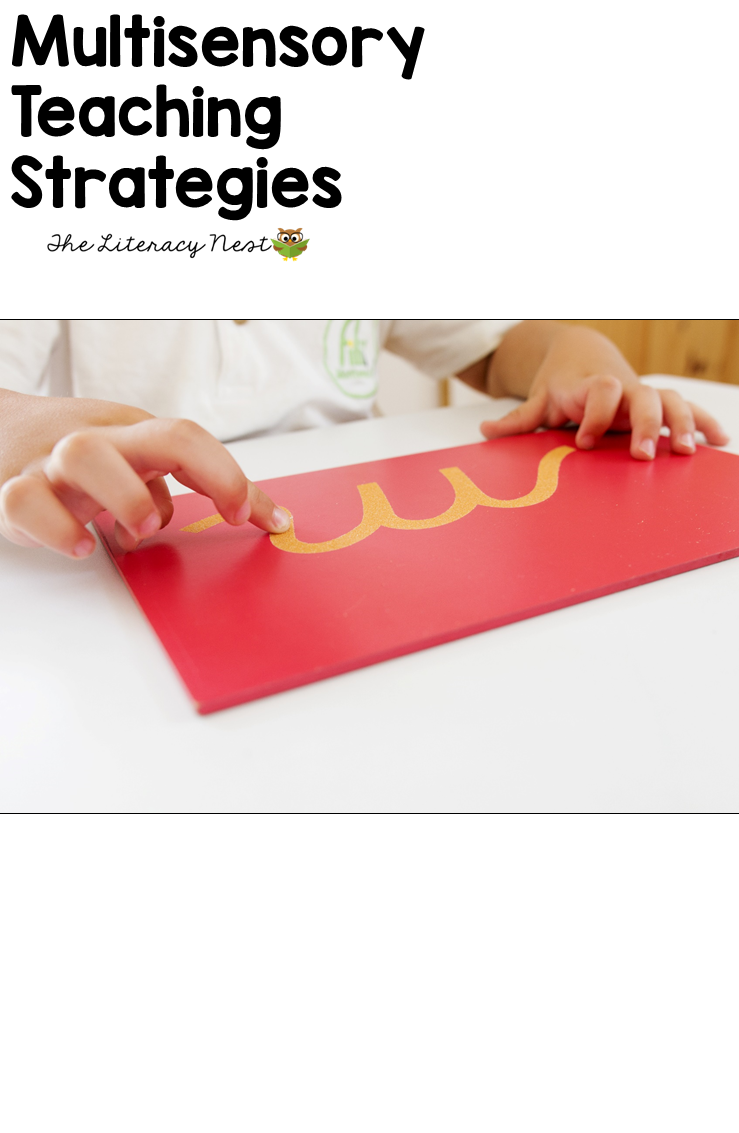
The sky is the limit when it comes to multisensory teaching. Incorporating these types of activities whenever possible is motivating, engaging and crucial for struggling learners. Your imagination, resourcefulness and ingenuity as well as your ability to juggle the management of different hands-on materials will help you find the just-right combination of activities for your classroom.
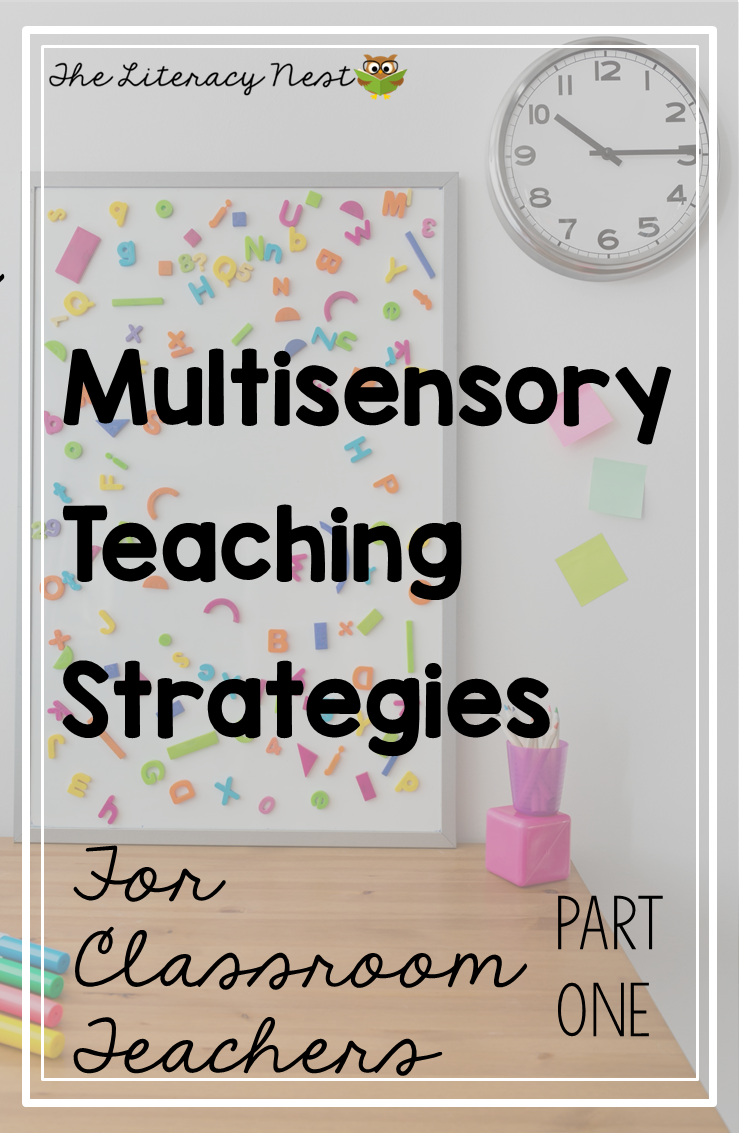 |
| THANKS FOR PINNING ME! |
Do you receive my weekly emails? It’s easy to subscribe! Once you confirm your subscription, I will send you one email a week with tips, information about new blog posts or resources, sales and freebies! GO HERE to sign up for The Literacy Nest’s email list. 🙂
One more thing! Be sure to checkout the TpT Back to School Sitewide sale on 8/1/18-8/2/18! You can save 25% everything in my store with promo code BTSFRESH at checkout.
Share:



